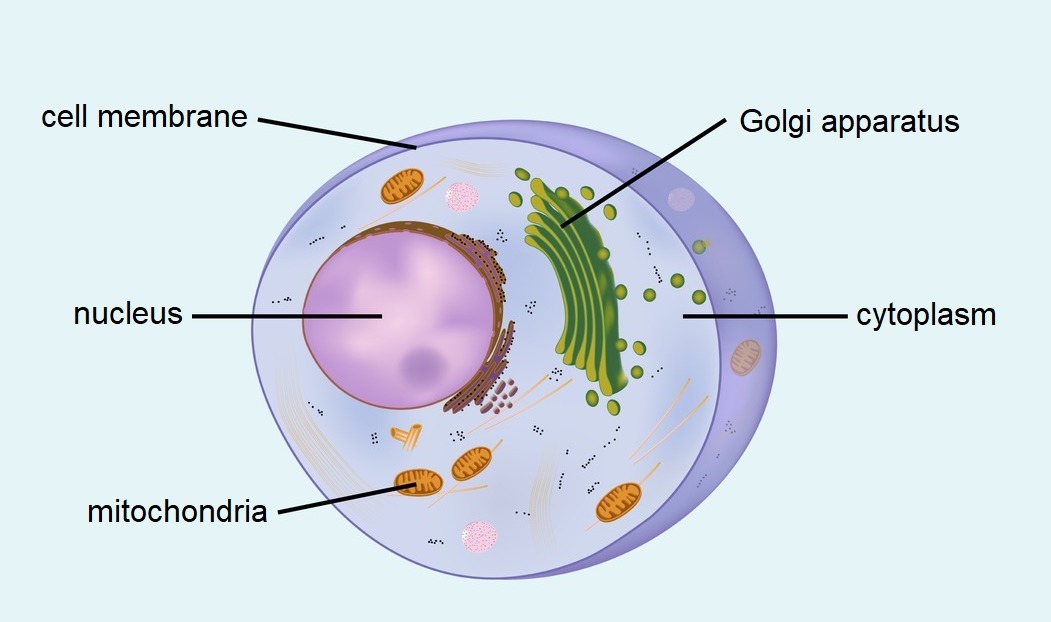Animals
 Animals are multicellular animals. They are capable of moving.
Animals are multicellular animals. They are capable of moving. Like plants and fungi, animals are made of multiple cells. Animal cells do not have cell walls or chloroplasts. As a result, animals cannot produce their own energy in photosynthesis, but must instead consume other organisms in order to gain energy for growth and reproduction.
Animals reproduce sexually: a male sperm cell fertilizes a female egg cell, and a new individual begins to develop. However, there are some exceptions: some animals, such as jellyfish, can reproduce by "copying" themselves.
The animal kingdom contains millions of different species. We will focus on the main groups of the animal kingdom (invertebrates and vertebrates) in more detail in the following two chapters.